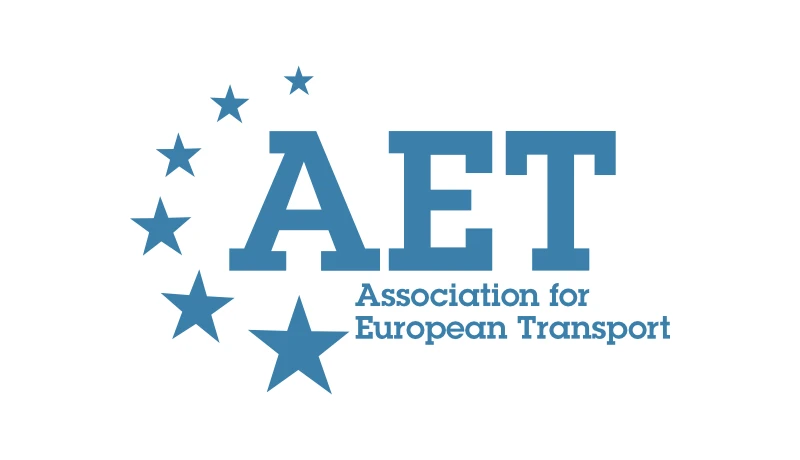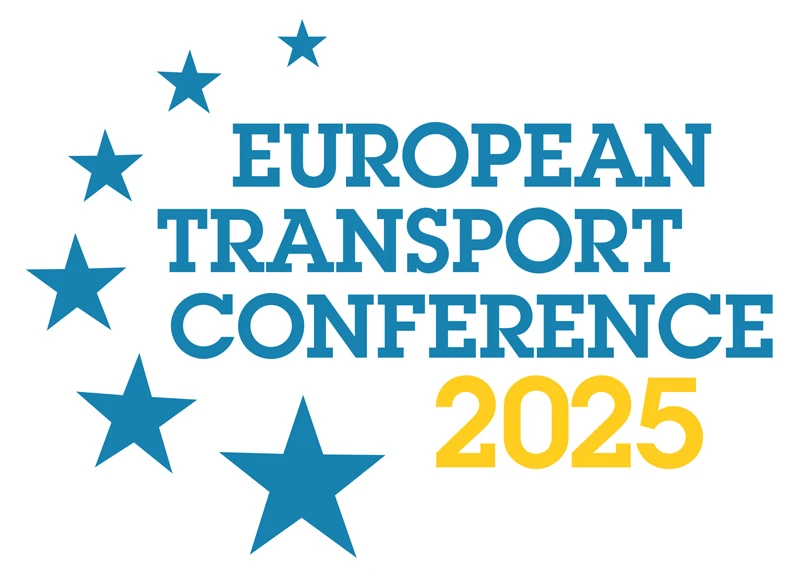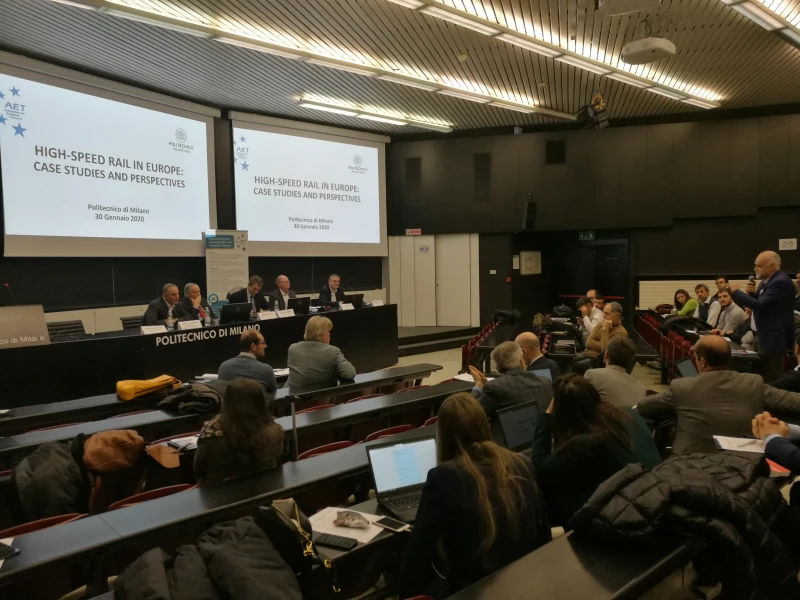-
Past ETC Papers
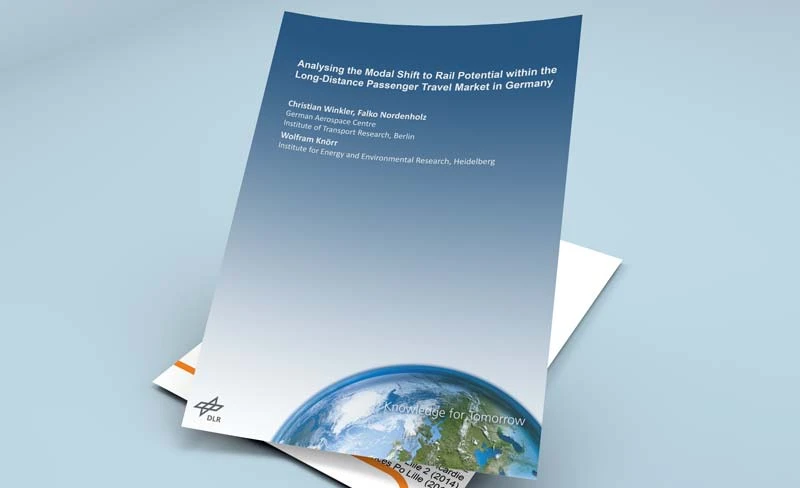
Browse, search and view papers from the past AET Conferences.
-
Members' Area

AET promotes networking and exchange of ideas, information and opportunities amongst members.
Conference Papers 2021
Online
ETC Conference Papers 2021
When Digital Mobility Solutions – DMS- contribute to a more sustainable, equitable or efficient transport system? First results of INclusive DIgital MObility solutions -INDIMO H2020 EU project.
Seminar
Day 2 (14 Sep 2021), Session 5, INCLUSIVE TRANSPORT SYSTEMS, 13:00 - 15:00
Status
Accepted, documents submitted
Submitted by / Abstract owner
Floridea Di Ciommo
Authors
Floridea Di Ciommo, Yoram Shiftan, Gianni Rondinella, Andrés Kilstein, Wim VANOBBERGHEN, Michelle Specktor.
Short abstract
The aim of this paper is to understand the capabilities’ needs that are required to access digital mobility solutions and to what extend these solutions can contribute to a more sustainable and equitable transport system.
Abstract
The aim of this paper is to understand the capabilities’ needs that are required to access digital mobility solutions and to what extend these solutions can contribute to a more sustainable and equitable transport system. The study is based on five pilots of the EU project INDIMO: ride-sharing in Galilee, Israel, ride-sharing integrated in multimodal journey trips app in Berlin, smart city lights in Antwerp, delivery food service in Madrid, and digital lockers in Emilia Romagna. These pilots serve to better understand acceptance of different mobility solutions and their impact on mobility inclusiveness. The findings are based on various semi structured interviews and co-creation workshops conducted in the five pilots’ locations and reveal mainly pilot-related issues but also some cross-pilots ones. For all pilots, technology, when not accompanied by guidance and assistance, could be experienced as a barrier rather than as a facilitator for a more inclusive system including vulnerable-to exclusion users.
When the mapping of the actual geography or the physical infrastructural system around the digital mobility application is not appropriate for vulnerable to exclusion people, it is a real challenge. For example, in the Galilee pilot, some streets do not have names or numbers and people locate themselves in the space using points of interest as reference posing a challenge for digital tools. A system of alternative reference or points of interest for common onboard or offboard should be generated. Creative and imaginative solutions are needed to offer a new shape to the mapping system to make the community-based mobility services a viable solution. In the case of Antwerp, there is a concern and sceptics about the effectiveness of the smart traffic lights when the major challenge is the lack of accessible public space and pedestrian walkways for people with visual and mobility impairments.
On the capabilities side, it was found that certain populations have gained some familiarity with specific apps (for instance, older people with Whatsapp, cognitive impaired youngsters with Instagram), but learned it in a very automatic and instrumental way. This does not mean that people have a flexible approach and capabilities towards digitals tools that enable them to explore new domains of digital knowledge by themselves. It was found, as seems clear in the cases of Madrid and Emilia Romagna, that the lack of familiarity with digital tools leads to different fears associated with their use. These are mainly data and privacy fears, fear of the lack of orientation or aid, the feeling of getting lost in the process or not being able to cope with vast information. The digital experience is coupled with a physical experience with the service, and the two dimensions should not be separated. When users are already familiar with digital services and when they are offered the right tools and guidance, including the possibility of contacting human assistance, the digital tools open a wide range of alternatives, new behaviours regarding mobility, and new paths of autonomy and self-confidence. However, there is a risk that new digital mobility and logistics services will not be available and accessible to all members of society. 22% of all European households still do not have access to broadband internet, especially in rural areas or among low-income groups of population. Mobile broadband penetration shows a high variation within Europe with 70% in Hungary as a lowest value. In some EU Member States, over 25% of the population still does not regularly go online. Almost 10% of EU citizens have never used the internet, who are usually with low education levels, aged over 55, retired or inactive. This data shows that internet-enabled mobility is not an obvious choice for millions of Europeans although internet access is just one of the reasons why they may be excluded. This research aims to extend and make inclusive the use of digital mobility and delivery services. The project aims at having a wide variety of people covered by personalized mobility options to satisfy their needs. But for this to happen, minimum levels of urban and transport infrastructure (i.e., the names of the local streets in Galilee or the managed walk sides in Antwerp) must exist to enable the penetration of the digital tools and their improvement to make them accessible to vulnerable to exclusion people.
Programme committee
Planning for Sustainable Land Use and Transport
Topic
Inclusion and diversity in transport
Documents:
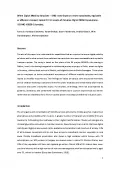

Association For
European Transport
Forester House
Doctors Lane
Henley-in-Arden
Warwickshire, UK
B95 5AW
+44 (0) 15 64 793552
VAT number: 710 1866 64
Conference Supporters & Endorsers

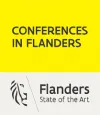


Legal Entity
The Association for European Transport is registered as an Association ('vereniging') with the Chamber of Commerce for Haaglanden in The Netherlands under company number 27170096.
Built on Zenario

